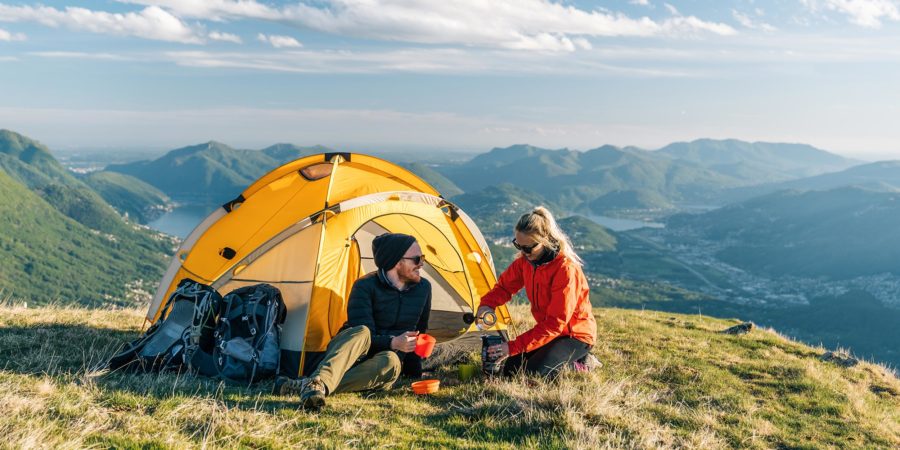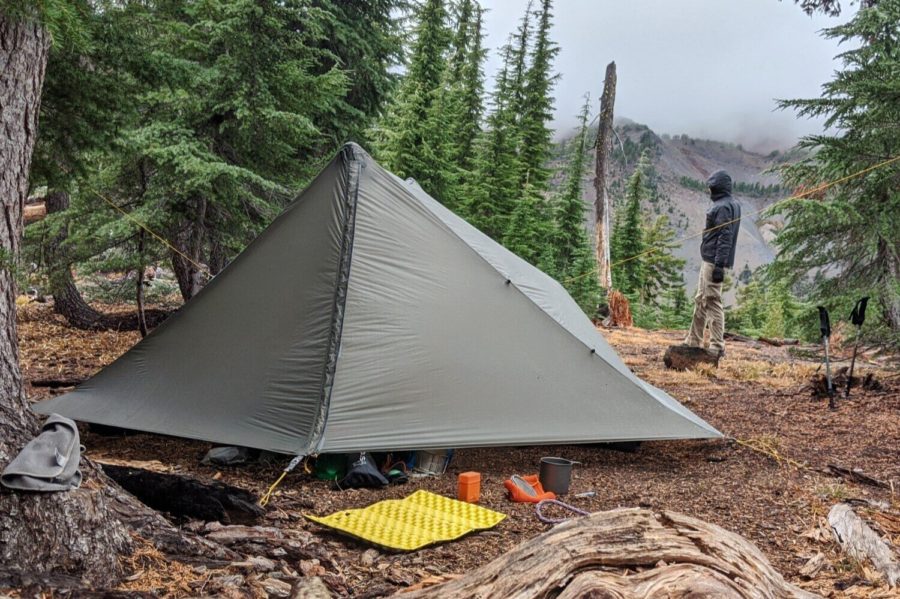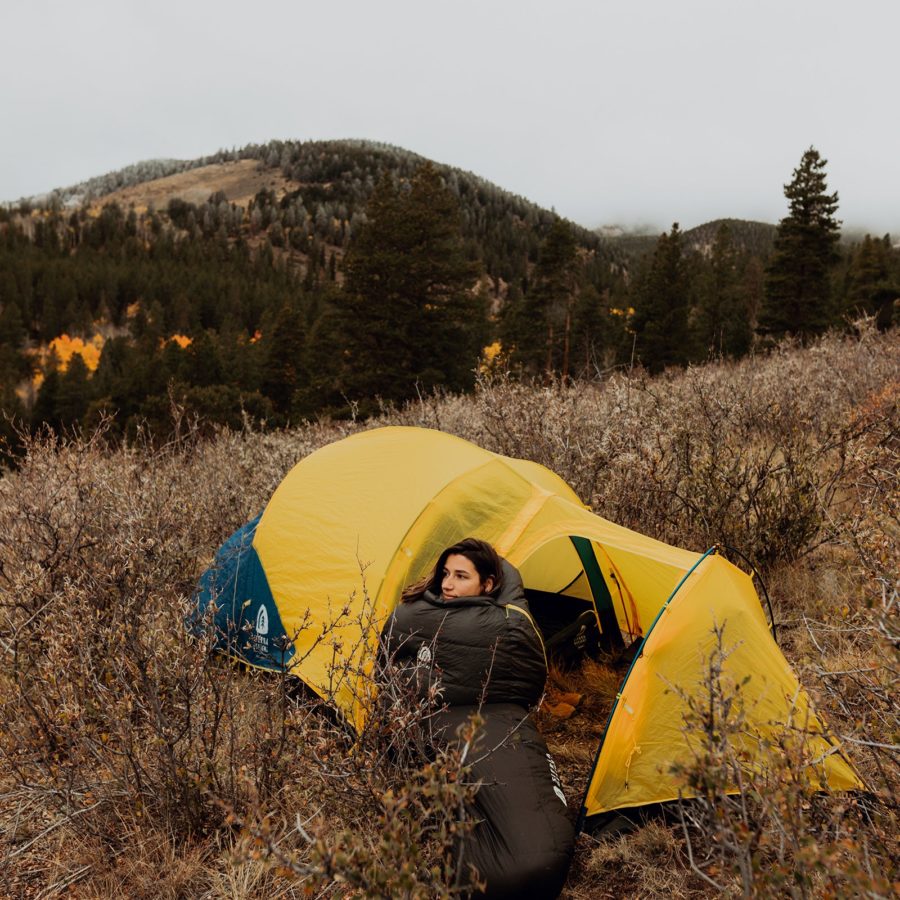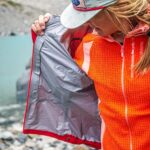Are you an outdoorsy person and want to take up hiking? You couldn’t have made a better choice. Spending time in nature is very fulfilling. It helps clear up your thoughts, it fills up your lungs with fresh air, and thanks to all the hiking, your body finally gets the most needed exercise it’s been craving for so long. The biggest bonus is witnessing some of the most beautiful landscapes.

But before you throw yourself out there, know that you have to be well prepared, especially if you want to go on a multi-day hiking trip where you’ll have to sleep under the stars. In this case, there are many things that you need to consider regarding your hiking and camping gear. And since one of the most crucial pieces of equipment is the shelter, it’s best to start from there.
It’s critical to have a high-quality hiking tent to keep you safe from the changing elements, nasty insects and curious critters. So, without further ado, here’s what to consider when selecting the best tent to enhance your outdoor experience.
What Are the Main Types of Hiking Tents?
Before embarking on your new adventure and going out into the wilderness, you need to get the right type of hiking tent. Hiking tents are different from camping tents, because of their practicality when walking long distances. They are usually separated into three categories: backpacking tents, tarp tents and hammocks. Let’s take a look at each of them.
Backpacking Tents
You can carry these hiking tents in your backpack. They are lightweight, durable enough to protect you from the weather, and spacious. Whether you like to stay for three days or even more, these are perfect. Nowadays, the materials used for these tents are nylon and polyester, while aluminium and fibreglass are used for the tent poles.
Tarp-Tents

Tarps are inexpensive, versatile hiking shelters. They are usually made of waterproof nylon, and you can set them up however you like. You can set them up in an a-frame, closed-end-a-frame, wind shed, and c-fly. They are also very lightweight compared to a tent. However, if you live in a very wet and windy environment, it is best to choose a backpacking tent.
Hammock-Tents
Hammocks are great for taking off the ground and just relaxing, especially during the warmer months. Hammock tents usually have a hammock, mosquito netting, and a tarp for rain protection. Also, they have a suspension system to hang everything between two trees. They are made of lightweight and waterproof nylon and aren’t recommended for use in harsh weather like snow or heavy rain.
Seasonal Backpack Tents
Three-season Tents
Whether you want to use your tent in the spring, summer or fall, you can enjoy nature with the three-season tent. This type of hiking tent is typically built of lightweight materials and has mesh walls to allow air to flow through so it won’t become suffocating during high temperatures.
The mesh walls also help with condensation. For example, once you fall asleep, you exhale warm moist air, and with the air on the outside being cold, condensation forms on the inside of your rainfly and drips outside of the tent. You can check for extra ventilation on the sides of the tent. Also, these tents offer protection from the wind, rain, and bugs, so the only thing you can do is relax and enjoy every bit of your hiking experience.
Four-season Tents
These hiking tents are heavier and sturdier. They have double the poles of a three-season tent for extra structural support. The interior tent of the ones with double walls is constructed of breathable nylon, while the outside rainfly is waterproof and usually reaches all the way to the ground. They are perfect for snowy weather and strong winds, protecting you from snow buildup, wind gusts, ice, and so on. They also have vents to keep control of the condensation.

However, one of the biggest differences between the four-season tent and the three-season one is the durability during cooler weather. The three-season tent would not hold up as a four-season one, especially with the snow buildup and strong winds.
On the other hand, while the four-season tent can be used during the summer too, it won’t provide much airflow as opposed to the three-season’s mesh walls. Thus, if you are hiking in winter, the four-season tent will be great, but for anything else you are better off with the three-season one.
Other Things to Consider When Choosing a Tent
Depending on the sleeping capacity, hiking tents may vary from single tents to ones that can accommodate up to three people. So, think about how many people will be sleeping with you in the tent. Is it going to be just you, or maybe one or two other people? Once you have the answer, you can look into the sleeping capacity of the tent you’re considering buying. However, always make sure to check the dimensions since you want to be sure everyone can fit in and avoid unfortunate surprises later on. If you are taller than the average person, you have to know how long or tall the tent can be. Also, someone may want to have more space when sleeping and not feel squished the whole time.
There’s also the shape to think about. The most common shape hiking tents have is a dome, but there are other shapes such as ridge/A frame, tunnel, dome or geodesic, pyramid, cabin, etc. Consider how you prefer to sleep and whether you want to be able to stand up inside the tent or not.
Finally, you have to consider the weight of the tent. You want to get a lightweight tent so that you can avoid feeling exhausted with each step you make, especially for the longer hikes. Also, having the right type of outdoor shoes will make a lot of difference on those long walks and make carrying the weight of the tent much easier.
To sum up, there are a lot of tents, and it all comes down to how practical and functional they are at the end of the day. You have to consider the environment and what works for you.



